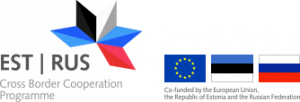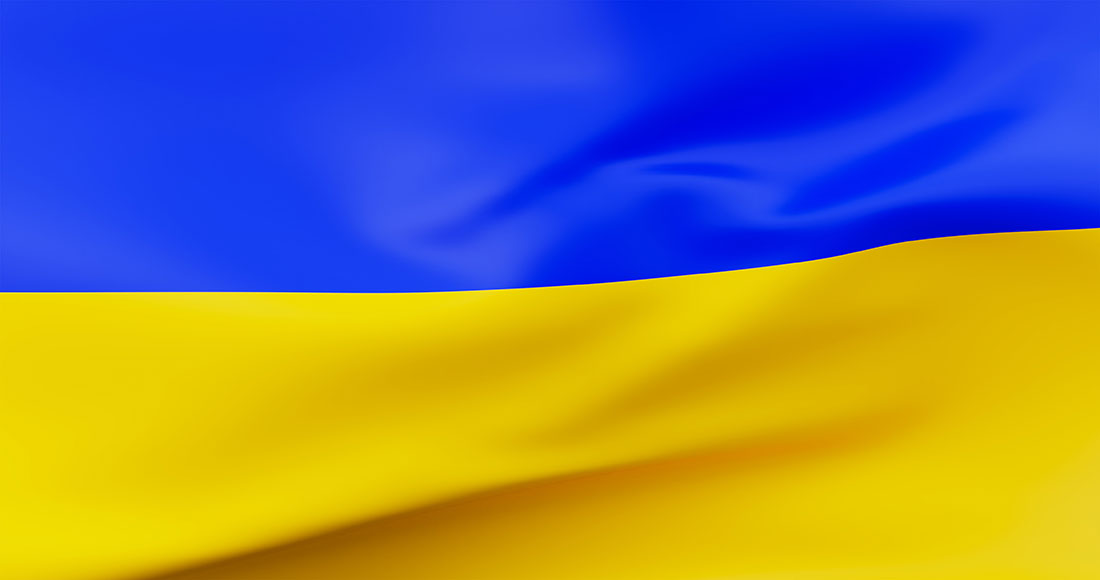
Via Hanseatica tourism route connects Estonia, Latvia and Russia and the development started more than 20 years ago. New plus regions were added to give an extra value to existing route.
All project activities concentrated on expanding the tourism route from St Petersburg to Riga towards Rakvere and Viljandi in Estonia and towards Vyborg and Pskov in Russia. A lot of interesting destinations and tourism attractions were added to the routes. One of the most significant parts of the task was oriented to the marketing of the regions to increase the flow of tourists further away from the capital cities and to extend their stay in the area, offering a variety of interesting sights in the different sections and countries along the Via Hanseatica route. All tourism sights and thematic routes can be found at the new travel planner.
The application for the project was submitted in May 2017 and activities started on April 1, 2019. The contributing partners of the project were Tartu County Tourism, Museums of Virumaa, Ida-Viru Enterprise Centre, Tourism Information Centre of the Leningrad Region, Administration of Vyborg municipal district, Committee of Cross-border Cooperation and Tourism of the City Government of Pskov, Committee of culture and tourism of the Gatchina municipal District and St. Petersburg City Government State Geological Unitary Company «Mineral».
The marketing manager of the city of Tartu considers international cooperation as the main value of this project. “We had the opportunity to get to know each other better and our relations have developed significantly. It gives us hope that more great things can be done in the future as cross-border cooperation,” said Kalberg.
In Estonia the Via Hanseatica tourism route will be maintained and developed by South-Estonian and Ida-Viru tourism clusters, in Latvia by Vidzeme planning region and in Russia by the project partners from Pskov City Government and Leningrad Region.
Estonia-Russia Cross Border Cooperation Programme 2014-2020 aims to foster cross-border cooperation across the borders between the Republic of Estonia and the Russian Federation to promote socio-economic development in the regions on both sides of the common border. The Programme’s website is www.estoniarussia.eu.
The project’s budget was 510 068 euros and Programme co-financing 459 061.2 euros.
Additional information: Annika Ojasaar, Tartu County Tourism Foundation, annika.ojasaar@visittartu.com.













